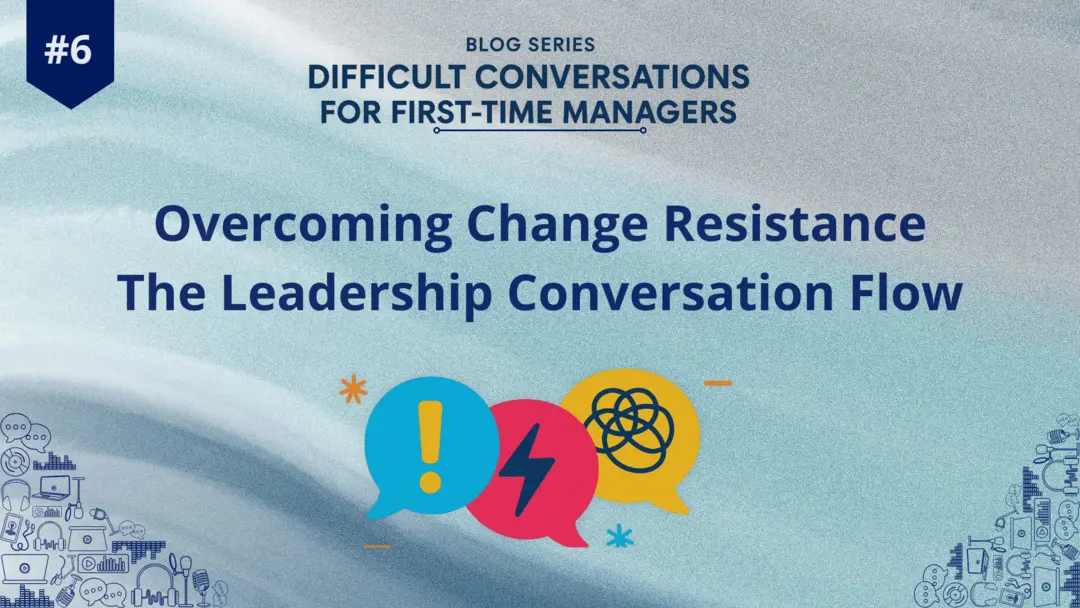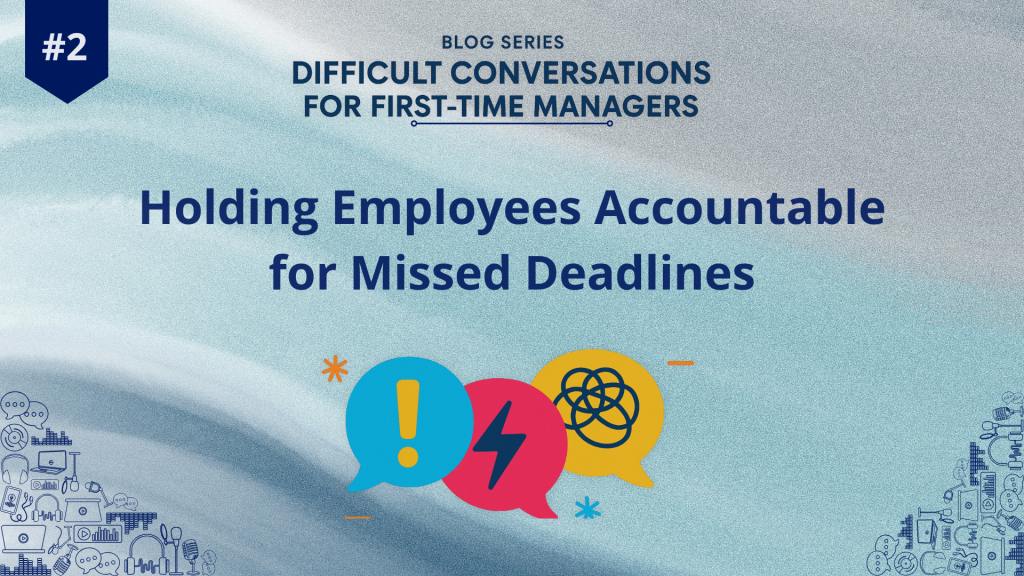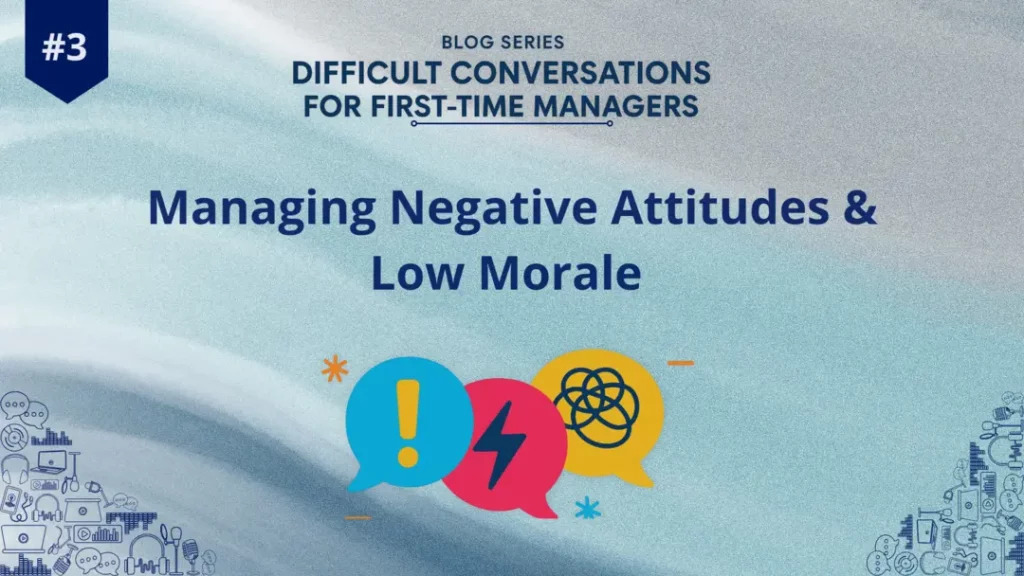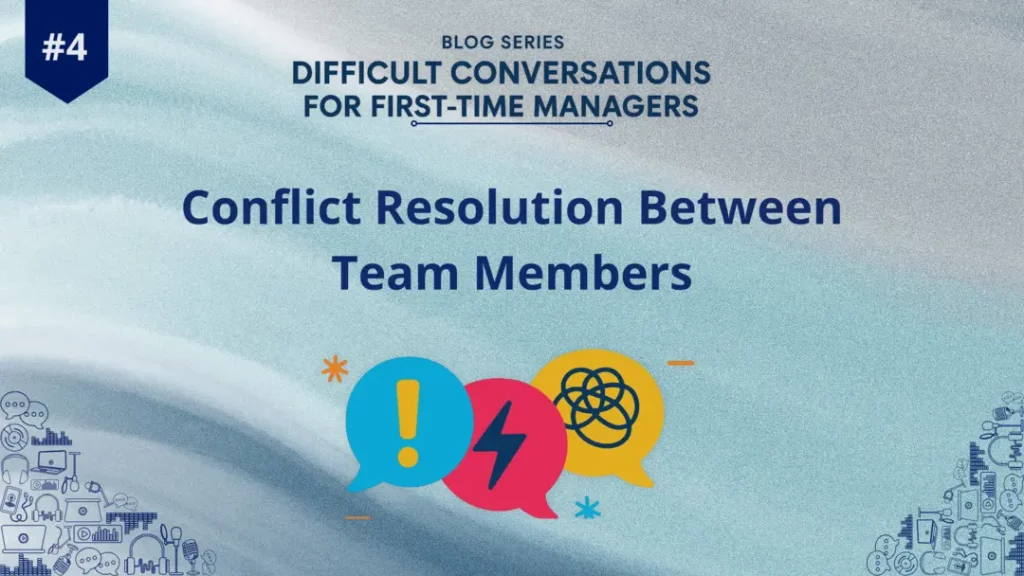“Are You Really Leading If Your Team Doesn’t Want to Follow You?”


Ever faced a moment where you introduced a new idea — maybe a better process, a tool, a vision for the future — and your team just… shut down?
They nodded politely in the meeting. But deep down, you knew — the resistance was real.
If you’ve been there, you’re not alone. This is one of the most uncomfortable rites of passage for a first-time manager. And it brings us to a critical leadership truth: Managing change isn’t just about process. It’s about people.
“Why Can’t They Just See It’s Better?”
That was my first reaction as a newly minted manager at a growing tech firm in Pune. We were rolling out a new project management tool. I was excited — this would finally solve our missed deadlines and scattered updates.
But to my surprise, my team wasn’t cheering. They were quiet, skeptical, and in some cases, outright resistant.
“It’s more work.” “I’m used to the old system.” “What’s wrong with our current way?”
That was my first real brush with resistance to change. And what I thought was going to be a smooth systems update turned into one of my first difficult conversations as a manager.
Here’s What I Learned — and What I Want to Share With You
Leading through change is a test of emotional intelligence, not just strategy.
Let’s break it down with culturally relevant, real-world insight — especially for those of us managing teams in India.
- Understand the ‘Why’ Behind the Resistance
Change brings uncertainty. And uncertainty brings fear. In Indian workplaces, where job security, loyalty, and reputation matter deeply, even a small shift can feel threatening.
A sales rep may fear a CRM tool because it might expose gaps in their client follow-ups. A senior team member might worry that “automation” means they’re being replaced.
Action Tip: Before you push the “what” of the change, start with the “why.” Listen deeply. Ask, “What concerns you about this shift?” and “How can I support you in this transition?”
- Don’t Just Announce — Co-Create
Top-down instructions? They often backfire.
Especially in Indian teams, where hierarchy is strong, leaders can mistakenly assume silence equals agreement. It doesn’t. It often means hesitance, doubt, or disengagement.
- Invite your team into the process. Assign champions. Create space for questions and feedback.
- Let a few team members test the change and share their experience.
When people co-own a decision, they’re more likely to support it.
- Have the Courageous 1-on-1 Conversations
Here’s the heart of it — the real work of overcoming resistance lies in difficult, honest, human conversations.
Talk to the vocal resistor. Talk to the silent sceptic. Talk to the anxious performer who’s smiling on the outside but stressed on the inside.
Use empathy. Use curiosity. Use clarity.
Say: “I noticed you’ve been a bit quiet about the new workflow. Can we talk about what’s on your mind?”
Don’t aim to convince. Aim to understand first.
- Celebrate Small Wins Publicly
In India, public recognition can go a long way. We value appreciation. We love stories of growth.
So, when someone adapts well to the change, celebrate them — in your daily stand-up, your WhatsApp group, or your team newsletter.
“Shweta onboarded 3 clients using the new system this week — she even trained Ramesh!”
It creates a positive ripple effect — “If she can do it, maybe I can too.”
- Lead With Vulnerability, Not Just Authority
You don’t have to know it all. In fact, your team will trust you more when you say, “I’m learning too, and we’ll figure this out together.”
As a first-time manager, you’re not just implementing change — you’re growing your leadership muscles.
“People don’t resist change. They resist being changed.”
— Peter Senge, Systems Thinker & MIT Professor
Your Leadership Legacy Begins Here
Resistance to change isn’t a roadblock. It’s a relationship test.
It’s the moment your team is silently asking you: “Do you see me?”, “Will you support me?”, “Can I trust you?”
As a new manager, how you respond to that silent question is what makes all the difference.
So, the next time your team pushes back, don’t just push forward.
Pause. Listen. Converse. Then lead.
This article is contributed by the GlobalGyan Editorial Team as part of our Leadership Essentials series.
In our series ‘Difficult Conversations for First Time Managers’ by Guan D’Penha, Senior Manager – Learning Solutions at GlobalGyan Leadership Academy, we will be sharing insights on the challenges faced by first-time managers.
In the next chapter, we explore a conversation every leader must master—Giving Constructive Feedback on Skills Gaps: The Leadership Conversation Flow. Stay with us as we unpack how to address performance gaps with clarity and empathy, turning difficult moments into opportunities for growth and development.











Responses